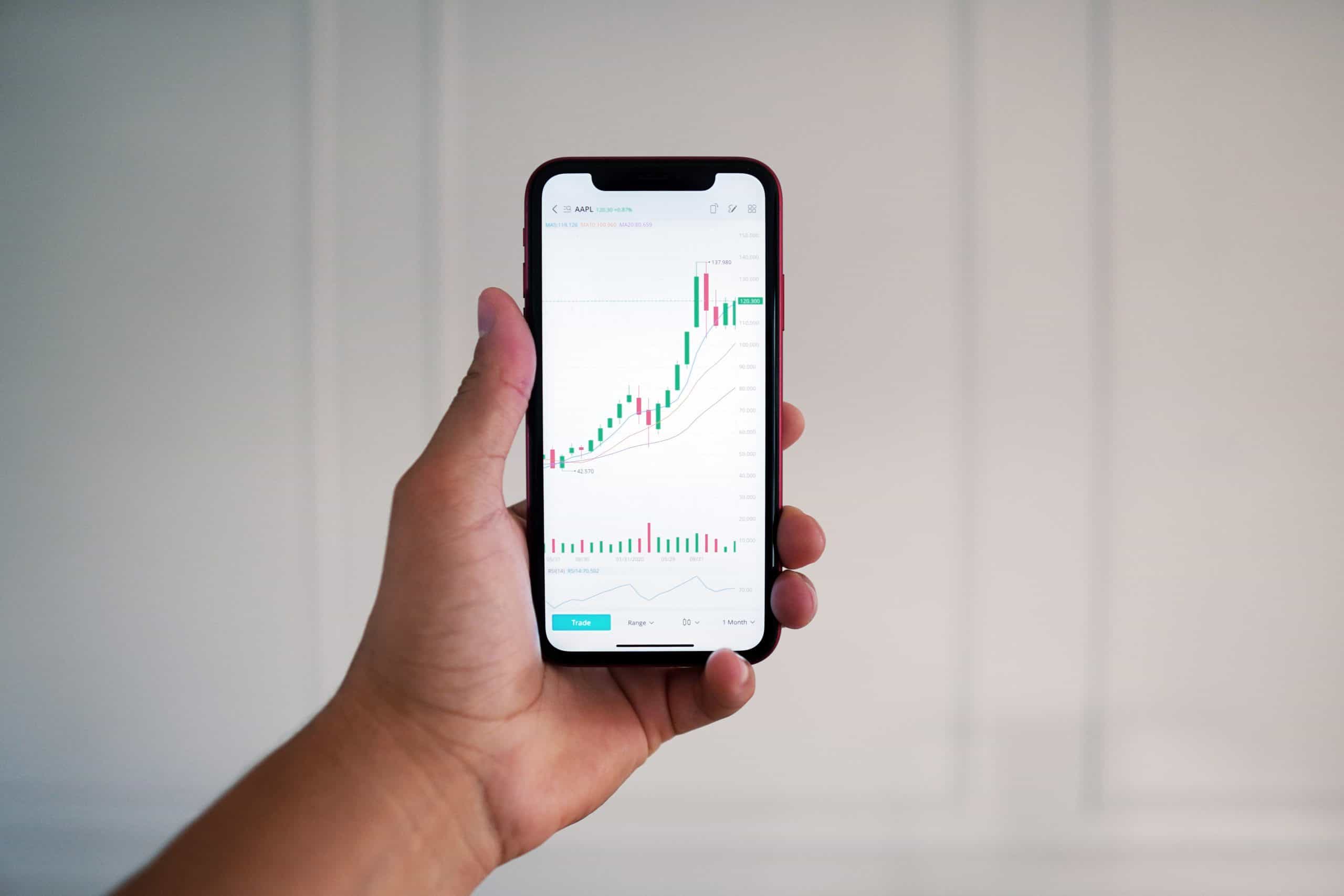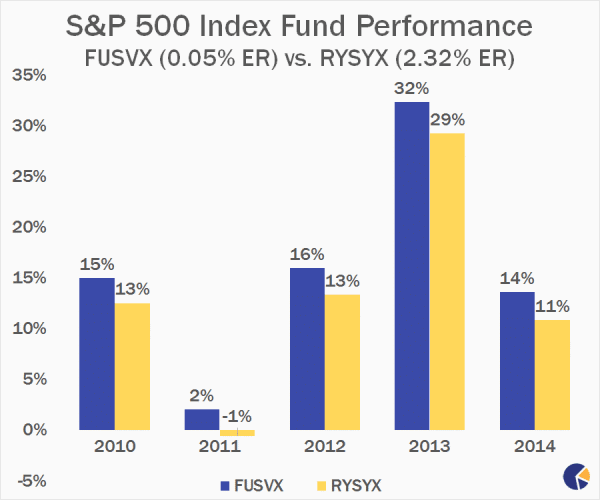What Is a Dividend Safety Score and Where Do I Find It?
Does the thought of investing scare you? Have you made seemingly smart investments only to lose your money? To avoid these issues, you need to consider a stock’s dividend safety score.
The safety score uses multiple factors to convey a stock’s risk. If you know what to look for, you can avoid the higher-risk investments so that you earn more money.
Then, you can use your investments to support your life and goals.
Dividend Safety Score Overview
A dividend safety score is a number that can tell you how risky a dividend stock is at that time. The score can help you decide if you should invest in a new stock or pull a current investment.
Knowing the best investments will help you maximize your dividend payments. You don’t need to be an expert investor to use dividend safety scores.
By considering a few factors, a dividend score makes it easy to compare stocks and assess risk. Here are the elements that help determine a dividend safety score.
Payout ratio
One of the most important factors is a stock’s payout ratio, which divides the dividends per share by the earnings per share. The ratio can tell you if a company has enough money to keep paying dividends.
Safer investments will have a lower payout ratio because one of two things can happen. First, you can continue to receive the same dividend payouts. Second, the company may increase dividends.
The payout ratio should be no more than 100 percent, otherwise, there’s a good chance you’ll experience a cut. When ratios are that high, it means the company is paying more than it’s earning.
Now, it’s important to look at the payout ratio over a few years. One payout may not reflect the history and future of that investment. However, looking at trends helps you determine the safety of a stock.
FCF payout ratio
The free cash flow (FCF) payout ratio is another essential factor because it focuses on a company’s available cash. Even if a company earns a lot, it won’t matter if they don’t have enough cash to pay dividends.
To calculate the FCF payout ratio, divide the dividends per share by the free cash flow per share. You’ll see how much cash flow is available and if it’s enough to cover current dividend payouts.
This factor isn’t as important as the payout ratio. But the general payout ratio might not cover cash flow problems. When cash isn’t available, it will be more difficult for a company to maintain payouts.
As with the payout ratio, FCF payout ratios should be no more than 100 percent. Lower ratios are even better because they allow for growth in dividends or other changes in company finances.
Three-year FCF growth
Looking at free cash flow over three years, you can see how the cash flow changes over time. Using three years of cash flow history can tell you if the company will maintain dividend payouts.
If cash flow has been declining, odds are your dividend payouts will get cut. But if cash flow has been steadily increasing or at least staying the same, that can be a good sign.
Not only can you tell if there’s cash for the next payment, but you can predict future payments. If a company’s cash flow increases consistently, then your dividend payouts probably will, too.
Looking at three years gives you plenty of time to look at trends and events that don’t match those trends. That way, you’ll be able to predict the safety of an investment for the next few years.
Three-year earnings growth
While cash flow is crucial to dividend payouts, earnings growth is another factor. If a company’s earnings have grown over the past three years, that shows they’re likely to keep earning more.
Usually, a history of growth means that growth will continue, at least for a while. And if a company’s earnings grow, so can your dividend payouts.
Meanwhile, if a company’s earnings haven’t grown, the investment isn’t as safe. Whether the earnings are the same or have declined, you may not want to invest in that stock.
Three-year dividend growth
Prior raises in dividends can also help when calculating a dividend safety score. A company that has raised dividends in the past may or may not raise them again.
However, previous changes are a good sign that the dividends will increase in the future. The safest stocks are those that have seen increases each year for much longer than three years.
But you can still invest in a company that has raised dividend payouts less often. As long as the dividend growth follows the same pattern as earnings and free cash flow, you’re able to determine if the investment will grow in the near future.
Long-term expected profit growth
It’s also important to look at profit predictions. If a company or analyst predicts consistent growth, that stock is probably a good investment.
Now, some analysts and companies may overestimate growth. But even so, those predictions can tell you if growth will occur at all. A dividend safety score uses those guesses, so they can help show the investment’s direction.
Even if the magnitude is incorrect, an analysis showing growth usually means the investment is safe. On the other hand, if a company looks like it will decrease in value, you may want to pull that investment.
Leverage ratio
While earnings and cash flow are important, you can’t forget about a company’s debt. The leverage ratio is perfect for comparing company debt to earnings.
As with the payout ratio, companies with a lower leverage ratio are safer investments. A lower ratio means the company has less debt, so there’s more money available for current and future dividends.
Consider a company’s net debt and divide that by the earnings before interest, taxes, depreciation, and amortization (EBIT) over the next year.
Now, some industries and company expenses can affect the leverage ratio. However, look for investments with lower than average ratios to find a safe investment.
Interest coverage
Along with general debt, a dividend safety score looks at the interest a company will have to pay. Businesses need to prioritize paying back interest when in debt, making it a non-negotiable expense.
Because of that, owing excess interest may be a sign that a company will cut dividend payouts. To calculate interest coverage, divide interest expenses by earnings before interest and taxes.
A safe investment will have a higher interest coverage ratio. When the ratio is too low, it signifies the company doesn’t have enough money for interest and dividend payments. So the dividends will probably be smaller.
Relative strength index
Investors can use the relative strength index (RSI) to look at company performance. Along with the dividend safety score, the RSI score can tell you how safe a company is to invest in.
It uses a scoring system where lower scores denote oversold stocks. Higher scores go to stocks that are overbought. While you may want to buy stocks with lower RSI scores, the score may not indicate much safety for dividend payouts.
Here’s how to calculate RSI:
- Divide the average gain by the average loss.
- Add one to that number.
- Divide 100 by that number.
- Subtract that number from 100.
Looking at RSI can be a good indicator of a stock’s security. However, it’s not as important as other factors.
Dividend yield
The dividend yield is another factor that can help determine a dividend safety score, but it’s not as crucial. Knowing current and recent dividend yields can help you decide to invest in a couple of ways. You can also checkout the best books for dividend investment
For one, higher yields can indicate better payments. However, they can also mean the company will cut payments soon.
Compare dividend yields to factors like payout ratio and free cash flow. Some investments can have excellent yields now and for many months.
However, dividing a dividend by the share price can tell you how big the yield is. If it’s big and the other factors don’t match up, the high yield may not last much longer.
Change in book value
A company’s book value can give you an idea of its asset value. As with other factors, seeing consistent growth can be a sign the investment is safe. However, consider any massive changes to the book value.
In some cases, a large change doesn’t mean anything. But intangible assets may increase a company’s book value without necessarily increasing the company’s dividend safety score.
Looking at changes in book value for about three years gives you a good idea of the company’s history and trends. Then, you can use the information to determine how safe the investment is.
Dividend Safety Score Range
Dividend safety scores can range from 0 to 100, and higher scores indicate safer investments. Specifically, scores from 0 to 20 indicate a high risk of cuts in the future.
If an investment has a score from 21 to 40, it has a higher than average risk of facing cuts. Scores from 41 to 60 are on the border between risky and safe, so there’s an equal chance of either situation.
Dividend stocks with scores between 61 and 80 are safe and have good odds of staying the same or growing. Scores from 81 to 100 are the best, with slim chances of facing cuts.
Using dividend safety scores can make dividend investing easier than it already is. That way, even beginners can start making money with dividends.
Where to Find Dividend Safety Scores
When deciding which investments to make, you can look online to find dividend safety scores. Multiple websites review the risk of different investments to help you choose where to put your money.
Now, some websites use different systems than others or place more weight on certain factors. However, many common systems look at payouts and cash flow, among other elements.
Certain websites use a scoring system, while others may state if a stock is safe or unsafe. Either way, you can use these tools when making new dividend investments.
How to Use Safety Scores
Whether you’re new to investing in dividend stocks or you want to improve your current portfolio, dividend safety stocks are great. The scores let you compare investments using more than the current selling price.
That way, you can get an idea of how much you can expect to make from your investment now and in the future. While you can’t always avoid risk in investing, dividend safety scores are excellent for helping you minimize that risk.
If you don’t have a ton of money to invest right now, you can use safety scores to choose the best investments. Then, you can invest more money into different stocks as you earn more.
Why Do Dividend Safety Scores Matter?
Even experienced investors benefit from dividend safety scores because of their predictive nature. If you only invest in the first stocks you find, you may not earn much.
Smart investors use a strategy to help decide where to put their money. A dividend safety score can’t guarantee that you’ll make great money, but it’s a better option than no tool at all.
If you’re trying to decide between two similar stocks, their safety scores may be what helps you choose. These scores provide another metric aside from selling prices and current dividend payouts.
Do You Need to Be Good at Math?
Fortunately, you don’t need to be good at math to use dividend safety scores. If you use a tool that provides the score, you only need to look at the numbers.
Consider how much risk you’re willing to handle, and you can look for stocks that are safe enough.
If you can’t find a dividend safety score for a stock, you can look at the individual factors. You may need to use math for that, but a calculator can help you figure out the ratios and other formulas.
Safe and Smart Investing

A dividend safety score is an excellent tool to help you choose where to invest. If you want to maximize your dividend income, you need to consider investment safety.
That way, you can make sure you will be able to get the same or bigger dividend payments. Then, you can invest those payouts to make even more money.







